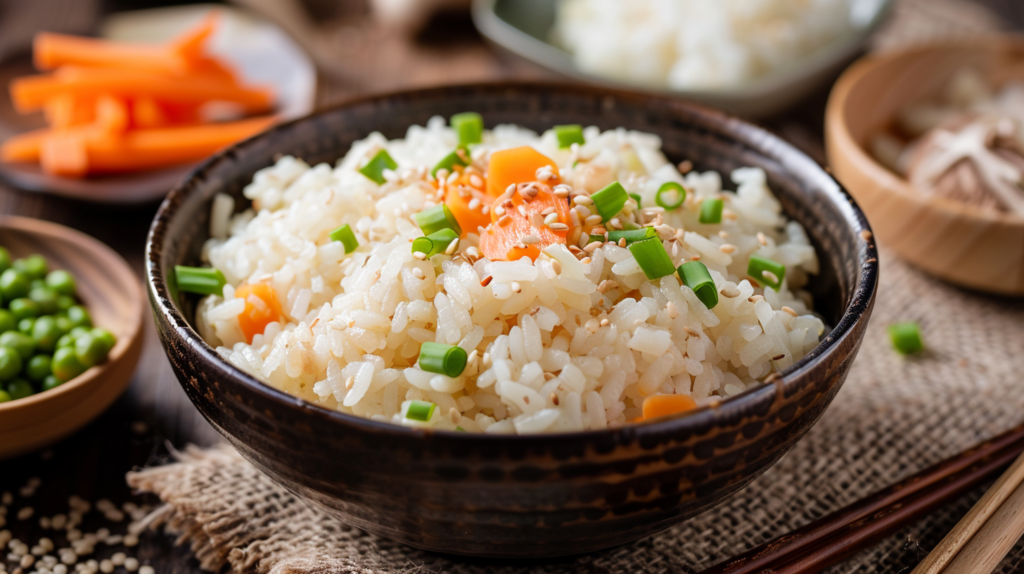
Contact Us through info@lovekonjac.com
Pasta is high in carbs, which can be bad for you when consumed in large amounts. It also contains gluten, a type of protein that causes issues for those who are gluten-sensitive.
Pasta is high in carbs, with a one-cup serving of cooked spaghetti containing between 37–43 grams, depending on whether it is refined or whole-grain.
Carbs are broken down quickly into glucose in the bloodstream, which results in a sharp rise in blood sugar. Refined pasta, in particular, is higher in carbs and lower in fiber than whole-grain pasta.
Additionally, simple carbs like refined pasta are digested very quickly, leading to increased hunger and a higher risk of overeating.
High-carb diets have also been linked to numerous health conditions, including:
Diabetes: Some studies have shown that high-carb diets may be associated with an increased risk of developing diabetes.
Low-carbohydrate-diet score and risk of type 2 diabetes in women – PMC (nih.gov)
Metabolic syndrome: One study found that those who ate a high amount of carbs
from starchy foods were over twice as likely to develop metabolic syndrome, a
group of conditions that increase your risk of heart disease.
High carbohydrate intake from starchy foods is positively associated with metabolic disorders: a Cohort Study from a Chinese population – PMC (nih.gov)
Obesity: Another study found that eating foods with a higher glycemic index, which is a measure of how quickly foods increase blood sugar, was tied to a higher body weight.
Association between Dietary Carbohydrates and Body Weight – PMC (nih.gov)
Feasting on carbs, in other words, is responsible for many chronic diseases that are highly preventable.
Of course not all carbs are nefarious. Vegetables are technically carbohydrates, as are fruits. When it comes to the latter, as long as they are eaten in moderation and not consumed in a gluttonous orgy at a buffett’s fruit salad bar, fruits play a vital part in a healthy diet.
Ancient, heirloom grains like quinoa, emmer (farro) and einkorn wheat provide long-lasting, sustained energy as well as phytonutrients that are hard to come by from other sources.
Whether you’re concerned about blood sugar levels or for morereasons such as looking better body, 99.99% of the time, noodles should be avoided if you want to lead a low-carb lifestyle.
However, there’s an exception: seek out noodle substitutes that are made of 97% water and 3% fiber. This noodls alternative should contain zero net carbs, meaning that without the fiber, it would still only have about a handful of net carb grams, but because of the fiber, the carb grams are discounted.
These zero-carb noodles should also be zero net calories. As a bonus for diet-conscious individuals, they are naturally gluten-free. Importantly, they should look, feel, and taste like regular high-carb noodles and be easy to cook and prepare. In short,shirataki noodles alternative should be a simple solution for low-carb dieters.
Sound like a low-carb fantasy? It’s not! Shirataki Noodles, used for over 2000 years in Japan, certainly exists. It’s very easy to prepare, taking much less time to cook than regular high-carb noodles.

Many low-carb dieters understand the concepts of portion sizes and macronutrient proportions. The perfect meal for any low-carb dieter can include a lean protein like fish, organic chicken, grass-fed beef or a fermented soy product for the vegetarian. A natural fat source like avocado or coconut oil or olive oil. Healthy low-starch carbohydrates mainly in the form of vegetables, and Konjac Noodle, which, besides water, contains nothing but fiber, helping you feel full for longer.
Think about the dozens and dozens of noodle recipes that usually are made with high-carb noodles. You may even have a few traditional cookbooks gathering dust and spider webs in your drawers, burying them out of sight now that you are leading a low-carb lifestyle.
Well, now you can dust off those books and simply replace high-carb noodles with Konnyaku Noodles. Currently, Yam Noodles products offer alternatives to angel hair pasta, fettuccine,spaghetti, penne and more.

Konjac Rice, also known as shirataki rice, is another excellent low-carb option for those looking to cut down on carbs while enjoying a rice-like texture. Made from the konjac plant, Konjac Rice is extremely low in calories and carbohydrates, making it an ideal choice for low-carb diets. It absorbs the flavors of the ingredients it’s cooked with, making it a versatile addition to various dishes. Whether used in stir-fries, salads, or as a base for a low-carb bowl, Konajc Rice provides a satisfying alternative to traditional rice without the high carb content.
Regular white rice ranks over 60 on the glycemic index meaning the rice can potentially dramatically raise your blood sugar levels, brown rice ranks almost as high as white rice, despite many people thinking it is vastly lower on the index.
If you’re ready to enjoy an easy low-carb lifestyle, make shirataki noodles and shirataki rice a daily part of your healthy, easy cooking routine. It’s as easy as removing the product from the package, briefly rinsing it and lightly boiling for a few minutes.